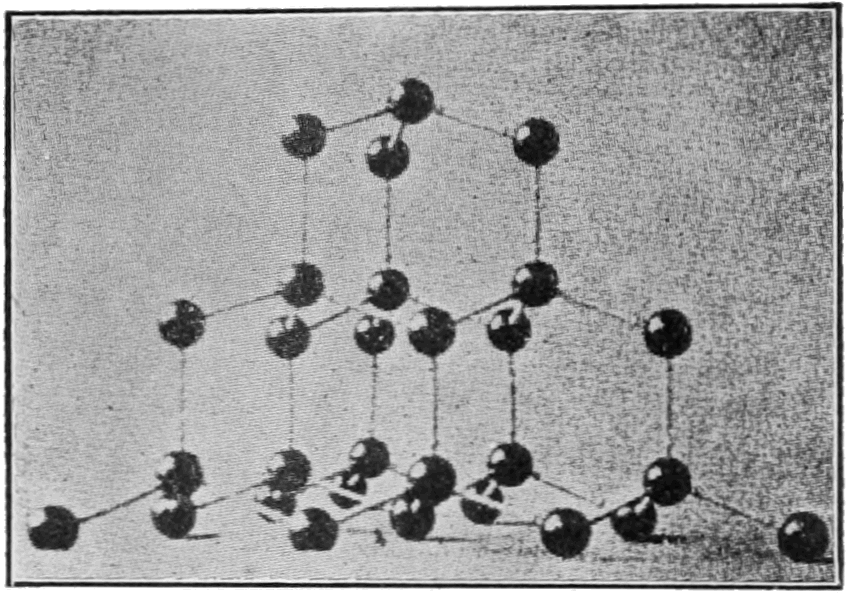
As a marketing professional in the clean energy sector, my objective is to share knowledge about clean fuels, energy efficiency and real estate. As a concerned citizen, I have a particular interest in climate change. I routinely share news of clean energy technologies to help friends and family know that there are things they can do right now to help with climate change.
Rising carbon dioxide concentrations are already causing the planet to heat up. At the same time that greenhouse gases have been increasing, average global temperatures have risen 0.8 degrees Celsius (1.4 degrees Fahrenheit) since 1880. [Source]
A consensus has emerged that shows the decrease in temperature differential between the poles and equator stall the movement of weather, leaving the weather patterns more time to amplify — whether it’s rainfall or drought, heat or cold. Without the normal circulation of the global jet stream, weather conditions stall in place and grow in intensity. We are all seeing this now. [Source]
So, we know that carbon affects the average temperature of the planet, and that the changes in temperature are directly contributing to extreme weather. We already know that crops, homes and lives are destroyed in such extremes.
Good news is coming: There are advanced technologies to reduce carbon emissions. Many of them are doing quite well – clean, renewable energy from solar, wind and hydro; alternate fuel vehicles running on low- to zero-emissions fuels: electricity, natural gas, propane, biodiesel. These technologies emit tiny fractions of CO2 compared to their counterparts. As they ramp up to wide-spread adoption across the US and the world, we will collectively reduce the CO2 we put into the atmosphere.
That’s great, but we also have to reverse the damage we’ve done with all of the carbon dioxide that’s out there now. Next challenge: remove excess carbon from the atmosphere. Technologies are developing to extract carbon from the atmosphere. They comprise a mix of new and old technologies. From what I can tell, none have begun to scale up to production levels. These are sometimes called negative emissions technologies (NET).
There’s not enough space in this one post to go into details but here’s a quick list of possible solutions that popped up during my research:
1. Forestation
Trees are planted and reduce CO2 in its normal life cycle. Some of the carbon captured by the tress remain permanently in the soil, some is taken up by other entities, and some is released to the atmosphere. Knowing how much forested land we’ve lost over the past several decades, replanting would be a significant carbon sink with numerous benefits. [Source]
2. Bioenergy with Carbon Capture and Sequestration (BECCS)
Grow and harvest quick-growing plants that absorb CO2 from the atmosphere, burn them for energy, capture and bury the carbon. It seems like a good idea, but I found more articles doubting whether this can work than proving that it can. [Source]
3. Enhanced Weathering
Spread onto the ground minerals that natural absorb CO2. The runoff from this process also has a side benefit of counteracting ocean acidification. [Source]
4. Direct Air Capture (DAC)
Air is blown across chemicals, filters, membranes, etc which pull carbon from the air. CO2 can be sold as a clean, purified gas for commercial purposes. [Source]
5. Biochar and Soil Carbon Sequestration (SCS)
Biomass is partially burned to prevent it from decomposing further and releasing more carbon, then stored. [Source]
6. Ocean Fertilization
Nutrients are applied to select areas of the ocean to stimulate growth of phytoplankton which absorb CO2. When they die, they sink to the ocean floor for a permanent carbon sequestration. There appears to be significant opposition to this method, as there is a high risk of unintended consequences. [Source]
Summary
I hope some of these solutions pique your curiosity. Unfortunately, for most of us, they are still beyond our reach to deal with at the any significant scale.
While these carbon capture technologies are ramping up, we can all still do our part to make a difference right now. We need not – and should not – wait for someone else to fix this for us. We all consume energy, and most of the energy we consume contributes to climate change.
You can reduce your climate impact immediately by reducing your energy consumption in your home, office (adjust thermostats, add insulation, etc), vehicle (carpool, walk, bike, get a clean fuel vehicle); and you can reduce carbon in the atmosphere by planting one or more trees.
Feel free comment below to share what you’re doing to help.
Sources / More Reading:
Science
Washington Post
The Gaurdian
I love buying solar powered gadgets. One of the cool things about those WiFi Alexa controlled smart plugs and light bulbs, that are all the rage now, is that you can set them to timers. I utilize this feature to make sure I don’t accidentally leave a light on all night long. 😜
Nice and to the point. I just got an EV ( Nissan Leaf) and solar panels. Awesome combination – free gas from the sun.